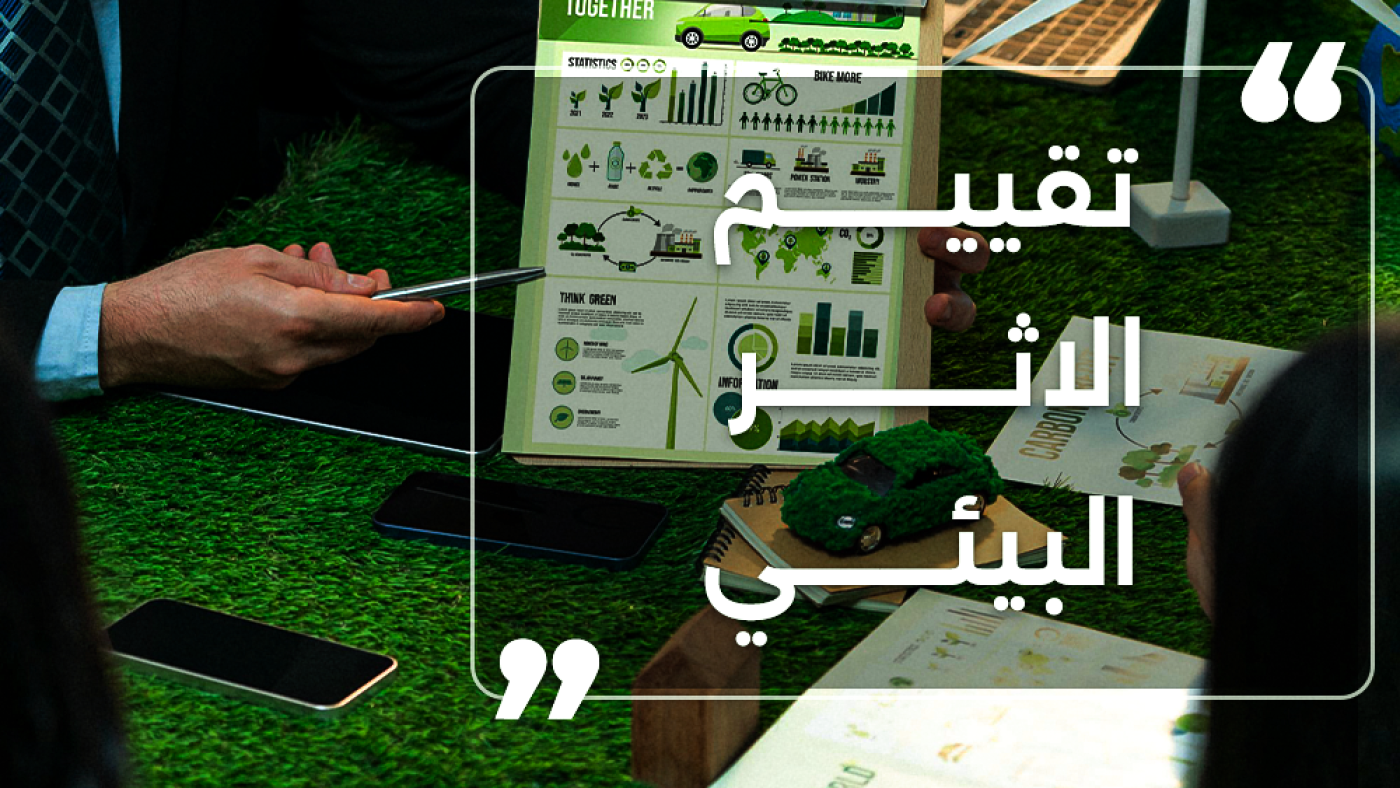Environmental Impact Assessment (EIA) is the process of evaluating the potential effects of specific projects or activities on the natural environment. The objective is to identify and understand the possible environmental impacts of these projects before their implementation, and to provide solutions to mitigate or compensate for negative effects.
EIA for projects generally includes the following activities:
- Analysis of potential impacts: This involves analyzing the potential environmental impacts of a project on the natural environment, including land, water, air, plants, animals, and biodiversity.
- Assessment of the current environment: The existing environment of the project area is studied to identify important environmental values and the systems likely to be affected.
- Identifying impacts: The expected impacts, both positive and negative, are identified using available scientific data and expertise.
- Recommendations: Recommendations are made to minimize or compensate for negative impacts, such as changing the project location, improving planning, or implementing environmental conservation measures.
EIA relies on scientific knowledge and expertise, incorporating various disciplines such as environmental science, environmental engineering, and environmental psychology. The results of EIA are used in environmental decision-making, policy development, and ensuring environmental sustainability.
Importance of Environmental Impact Assessment:
EIA plays a significant role in various aspects, including:
- Environmental Protection: EIA helps identify potential negative impacts of projects on the environment, allowing actions to be taken to minimize these effects and preserve the natural environment.
- Sustainable Environmental Planning: It ensures a balance between economic development and environmental protection by analyzing potential impacts beforehand, helping guide strategic decisions to ensure environmental sustainability.
- Informed Decision-Making: EIA provides valuable information for decision-makers and stakeholders, allowing them to assess alternatives and choose options with the least negative impact on the environment.
- Public Participation: EIA requires the involvement of various stakeholders, including local communities and NGOs, enabling affected individuals and communities to voice their concerns and participate in decision-making.
- Compliance with Environmental Regulations: Many countries require EIA for major projects or activities that may impact the environment. This ensures compliance with applicable legal and environmental standards.
Methods of Environmental Impact Assessment:
Several methods are used to assess environmental impacts, depending on the project or activity. Common methods include:
- Environmental Impact Assessments (EIAs): These are the most common method, involving detailed analysis of potential environmental impacts, and offering recommendations for mitigating negative effects.
- Strategic Environmental Assessment (SEA): This method is used to assess the environmental impacts of policies, plans, or programs at a strategic level before implementation.
- Rapid Environmental Impact Assessment (REIA): A quicker version of EIA used for small projects or activities. It helps in identifying initial environmental impacts for fast decision-making.
- Regional Environmental Impact Assessment (REIA): This method evaluates the broader environmental impacts of projects or activities at a regional level, focusing on effects on biodiversity, water resources, soils, and landscapes.
- Social and Environmental Impact Assessment (SEIA): This method evaluates both social and environmental impacts for large or complex projects, combining tools like surveys, field studies, and environmental modeling.
Objective of Environmental Impact Assessment:
The goal of EIA is to identify and evaluate the potential environmental impacts of projects, providing the necessary foundation for making sustainable decisions and maintaining a balance between development and environmental protection.
Best Environmental Impact Assessment Companies in Saudi Arabia:
One of the leading environmental services providers in Saudi Arabia is Alkayan Alamtal. They specialize in a wide range of environmental, agricultural, and marine services, offering expert consultations and assessments in various fields. They conduct thorough environmental impact evaluations for any project to ensure compliance with environmental standards and sustainability.



